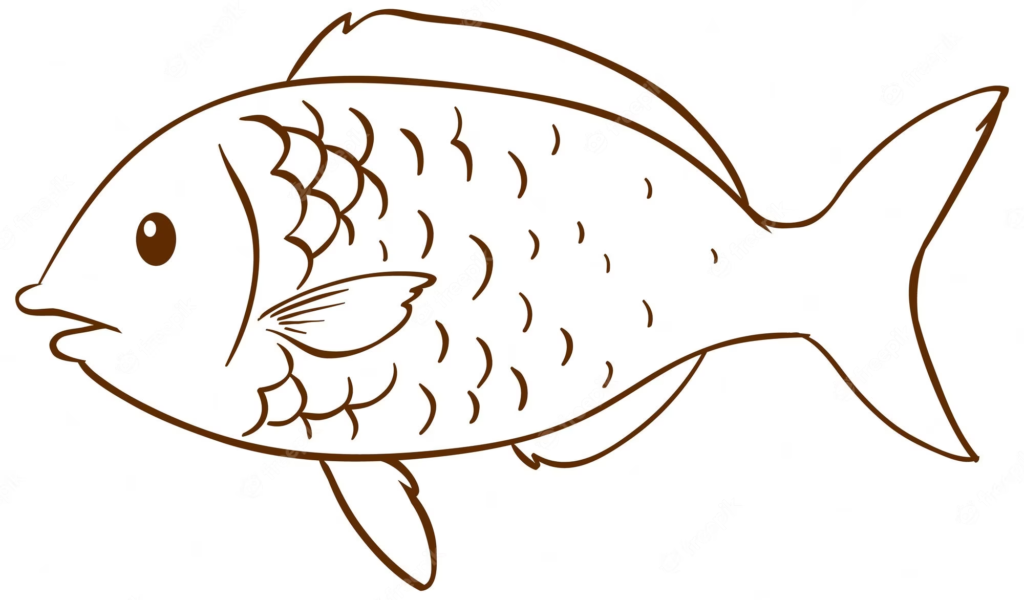Suppose you intend to play poker online over a large number of hands. Poker can be understood using a bunch of terms that can give an insight into a player’s approach. The game’s understanding has evolved and is more analytically driven than the newcomers can anticipate.
This post aims to give people a sense of all the key Poker Terms and their definitions. They can look this up whenever needed and focus on using these terms to drive their game. A more basic read, including types of cards and positions, is mentioned here.
Basic 3 Poker Terms
These are the three terms present in a basic HUD setup. The combination can tell much about your opponents on the first impression.
- VPIP: Voluntary Put in the Pot. The players post bets other than the compulsory blinds. This is their percentage of raised upon the total hands played.
- PFR: Pre-Flop Raise. Raises m
- Aggression: This is a computed number from the PokerCopilot site, but I’m sure all Poker HUDs have this.
Using all 3, we can triage the playing style and the quality of play. Someone with a high VPIP > 40 with lots of aggression will have an increased tendency to bluff. They get into spots they shouldn’t; they will try to bluff their way out. They should be your target! These are your FISH.
- Fish: As far as poker slang is concerned, these are the players from whom you would make money. They are weak and likely to play negative EV poker.

- Shark: These are Pro Poker players who likely play positive EV poker and make money. They feed off the Fish. You are broadly three types of profitable plays. You can
- TAGs : (22-25% VPIP) They play a tight range and are aggressive.
- NITs : (15-18 % VPIP) They are higher than the TAGs and are aggressive
- LAGs: (25-30% VPIP) They are looser than the TAGs and are aggressive
All three approaches have different ranges but equally aggressive plays. The definitions are outdated for the current realm of the game but can still be useful rules of thumb. Thereby, if you have apparent patterns, styles/bluffs, or game plays. Players will eventually catch up and exploit these. LEAKs are essentially shortcomings in your game.
Pre-FLOP Poker Terms
Pre-Flop, the one key number to care about are VPIP and PFR. These can be further broken down based on position and how you respond when facing aggression or a higher bet like
- VPIP/PFR by positions: One’s aggression and range in the game can be further split by sitting positions.
- Early Positions: (Small and Big Blind)
- Middle Position(Cut-Off – 1 and Cut-Off -2)
- Late Positions (Button and Cut-Off)
- 3/4 Bets Percentage: These two metrics give a sense of aggression, and how frequent are we? Do it frequently; others might not respect the play/moves. It can get costly to do with weaker hands. To introduce a bit of balance. Use strong hands + some suited connectors mixed in, such as K-Q, 9-T and so on…
- OPFR Unopened Preflop Range:
Post-FLOP Poker Terms
All metrics or numbers explaining your play post the FLOP are laid over before turning/river cards are revealed.
- Continuation Bet: In what percentage of cases do you continue to bet after being the last bettor before the flop?
- This metric is helpful because initiative is a strong perception of strength.
- Folded to Continuation Bet: Percentage of times you folded on facing a continuation bet. This gives a sense of whether you are or aren’t folding enough.
- Check Raise: Check raise is when you check post the flop but raise when someone after you raise. This is a decisive move, where we let others take the initiative but raise their raises.
- Folded to Check Raise: How often do you fold to check raises by opponents as a percentage?
- Aggression: Ratio of times you bet vs. check/fold. This gives a sense of how selective you are.
- Donk Bet: This is when you didn’t lead the betting in the previous round but initiate betting post the flop.
On a 6-table play, you will likely not be able to be a profitable player over 27-28 VPIP (%). One recommended strategy is to play 40% at the button/cut-off, 20% at the cut-off-1/-2 and around 10% at small and big blinds. This will give you a blended VPIP of 20% or less. This range calculator gives you a range after putting in a percentage number.
Post Turn Metrics
To be continued …
Post River Metrics
To be continued …
If you want to read more about the blogs or discuss these topics, email [abhinav@statarb.in]

Leave a Reply